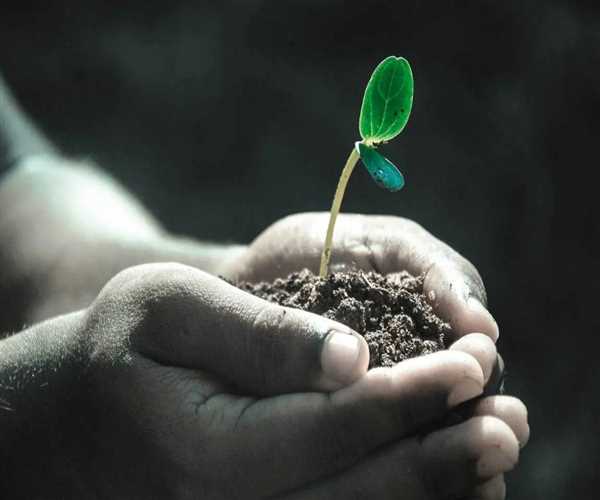Soil conservation is a vital practice that helps to protect and preserve arid land and the environment as a whole. As the global population continues to grow and land resources become more limited, the importance of soil conservation is only increasing. In arid areas, the challenge of conserving soil is even greater, as the lack of rainfall and hot temperatures can cause soil erosion and other detrimental effects.
Fortunately, there are a variety of effective soil conservation methods that can be used in arid areas. By understanding the nature of soil conservation in these areas, farmers, landowners, and other stakeholders can implement the most effective methods to protect their land and the environment.
One of the most important soil conservation methods for arid areas is cover cropping. Cover cropping is a practice in which crops are planted in between the main crop in order to protect the soil and to increase the amount of organic matter in the soil. Cover crops typically consist of legumes such as clover, alfalfa, and vetch, which are known for their ability to increase soil fertility. These crops help to reduce erosion, reduce weed pressure, and improve water infiltration.
Another effective method for soil conservation in arid areas is the use of terraced cultivation. Terraced cultivation involves creating soil banks or terraces along a slope. This helps to reduce soil erosion by slowing the runoff of water and trapping sediment. Terraced cultivation also increases the amount of water stored in the soil, allowing plants to better absorb the moisture they need.
Another successful soil conservation technique used in arid areas is the construction of check dams. Check dams are constructed across shallow valleys in order to slow the flow of runoff and trap sediment. This helps reduce soil erosion and improve water infiltration into the soil, allowing plants to better absorb the moisture they need.
Mulching is another effective soil conservation practice. Mulch is a layer of material, such as grass clippings or straw, that is laid down over the soil. This layer helps to prevent erosion, regulate soil temperature, and retain water in the soil. It also increases the amount of organic matter in the soil, which helps to improve soil structure and fertility.
Strip farming is a common soil conservation practice in arid areas. Strip farming is a method in which the land is divided into strips and crops are planted in the strips in an alternating pattern. This helps to reduce soil erosion and water runoff, as well as improve water infiltration. It can also protect the soil from wind erosion.
No-till farming is another method of soil conservation in arid areas. No-till farming is a method in which the soil is not tilled, which means that the organic matter and nutrients from previous crops are retained in the soil. This helps to reduce soil erosion, increase water infiltration, and increase organic matter in the soil.
Overall, there are a variety of soil conservation practices that can be used in arid areas. By understanding the nature of the soil and the environment in arid areas, farmers, landowners, and other stakeholders can implement the most effective practices to protect their land and the environment. If these practices are implemented, they can help to ensure that the land remains productive and healthy for generations to come.
